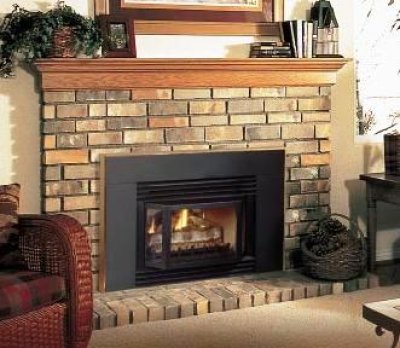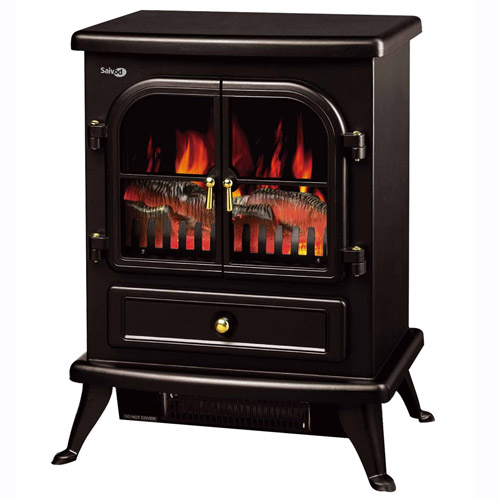Guide to Buying a Wood Stove or Fireplace: Key Differences and Heating Efficiency

Guide to Buying a Wood Stove or Fireplace 🔥
If you’re thinking about buying a wood stove or fireplace, it’s worth learning about their differences, advantages, and drawbacks first.
In this practical guide, we explain what you should know before choosing the best heating option for your home.
🔥 Differences Between a Fireplace and a Wood Stove
Although they are often confused, they are not the same.
The main difference lies in how they distribute heat:
- A fireplace relies on thermal inertia to distribute heat slowly. It is usually built from stone or brick and serves as a fixed, decorative element.
- A wood stove or salamander heats the room much faster thanks to its metallic structure (steel or cast iron). It’s portable and easier to install.

🏠 Wood Fireplaces
A wood fireplace is a hearth made of stone or ceramic materials (such as refractory brick).
Although some include glass doors, most are open and are built on-site.
There are also prefabricated fireplace models that can be installed into designated wall openings.

🔥 Wood Stoves or Salamanders
A wood stove is made from iron, steel, or cast iron.
It features a closed combustion chamber and requires a smoke outlet through a pipe or flue.
Although it can be moved, it’s best kept in one place. It’s ideal for smaller rooms or occasional use.

📋 Key Factors When Buying a Fireplace or Wood Stove
1️⃣ The fuel.
Wood is the most common fuel. There are many species, but for domestic use, the differences in heat output are small. You can also use coal or pellets, depending on the model.
2️⃣ Consumption and maintenance.
The cost depends on your access to firewood. Maintaining a fireplace or stove requires effort: cleaning, storing wood, controlling smoke and fire, etc.
3️⃣ Installation.
A proper smoke outlet with at least a 150 mm diameter is essential.
For traditional fireplaces, the chimney duct should be designed before construction.
Stoves allow more flexibility since the exhaust pipe can be positioned as needed.
4️⃣ Appearance and design.
Aesthetics also matter.
Fireplaces are large and become part of the room’s design, while stoves are smaller and more practical.
5️⃣ Heat output.
Both can reach up to 15 kW — around eight times more than a typical radiator.
The difference lies in how the heat is retained: a fireplace stores it in its masonry walls, releasing it slowly, while a stove radiates heat immediately but cools quickly once turned off.
🌡️ When to Choose a Fireplace and When a Stove
- Fireplace: ideal for homes used continuously, as it keeps warmth for hours.
- Stove: better for spaces with occasional use, like kitchens or small living areas.
💰 Price and Quality
Prices vary depending on materials and design, but quality differences are usually small.
Always choose certified products with safety and energy efficiency guarantees.
🔗 Related Links
Written by the Vilssa editorial team — Home & Energy section.


















